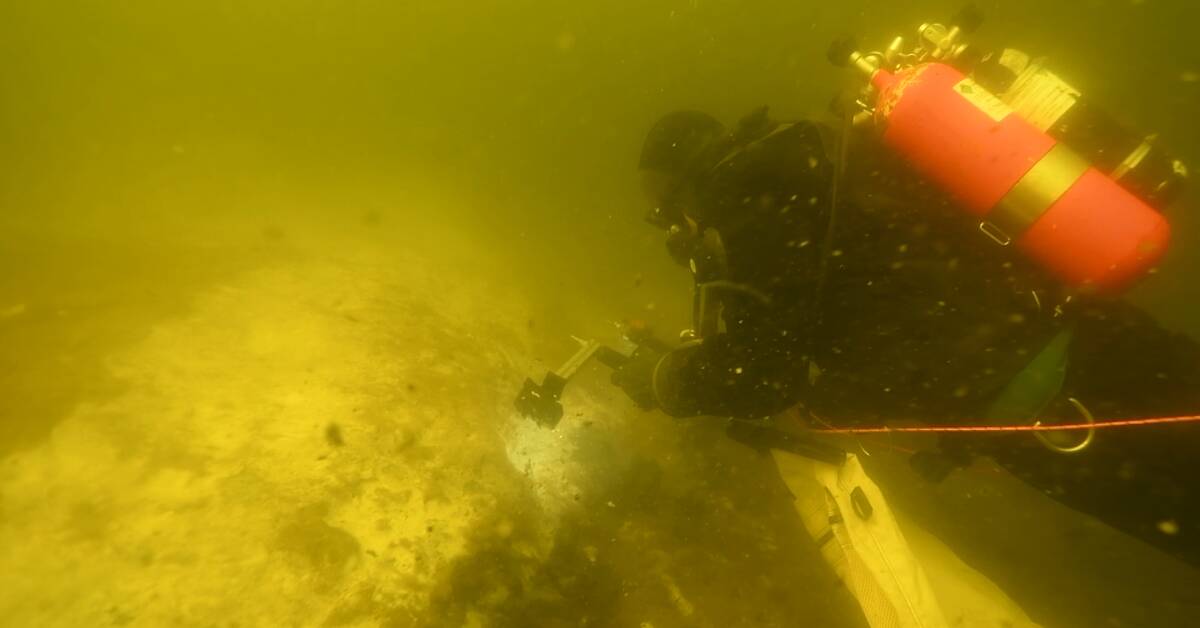So-called fiber banks are found in seas, lakes and streams adjacent to pulp industries in a wide range of places around the country. It is about a spongy and often contaminated mass of wood fibers released from industries until the 70s. At the same time, it is also energy.
"It's basically wood, so it contains a lot of energy," says Erik Hedenström, professor at Mid Sweden University.
Bacteria and yeasts
Now, research at Mid Sweden University in Sundsvall shows that fiber banks with the help of bacteria and yeasts can be converted into biofuel, in this case biodiesel, while environmental toxins are taken care of.
The high levels of various environmental toxins in the fiber banks have been a concern for a long time. So far, no areas like this have been cleaned up, but now the research results may be able to change that.
"I see it as a combined environmental project," says Erik Hedenström.
Javascript is turned off
Javascript must be turned on to play video
Learn more about browser support
What is a fiber bank? Get an explanation in the clip
Race among researchers
There is almost a race going on among researchers who see fiber banks as a resource. At KTH in Stockholm, there is a similar project where they want to make carbon from the same material.
At the same time, fiber banks are a finite resource and there is also a risk that the toxins will spread if you touch the material, but the county administrative board in Västernorrland welcomes everything that can lead to the contaminated areas being cleaned up. Erik Hedenström thinks that now that there are methods and technology, it is also time to act.

